Selling Through COVID: Seafood Gets a Boost From Shifting Consumer Tastes
Like every industry, seafood took a hit from the COVID-19 shutdown. The good news, however, is that the sector is projected to make a full recovery and steady growth to the tune of US$138.7 billion between 2021 and 2027. And, many think it may be even quicker—and sales higher—fueled in part by the very pandemic that temporarily stalled it. A quick look at the past 6 months tells us why that is.
COVID-19 Challenges
The seafood supply chain experienced what occurred in one way or another to every aspect of life as we knew it pre-COVID-19: disruption. These interruptions were caused by:
• Transportation, trade, and labor stoppages, which brought commercial fishing and fish farming to a virtual halt
• Shortages as world governments implemented trade restrictions to protect their domestic food supplies
• Aquatic feeding delays
• Restaurant shutdowns
• Border closures
• Changing customer demands
The list goes on.
However, thanks to operations reopening, increased production, and the use of sustainable fishing and fish farming practices, the supply chain is regaining its composure and its momentum with a big push from changing consumer habits.
A Robust Rebound The silver lining to these challenges is that demand for seafood is increasingly robust, in part due to the COVID-19 pandemic itself. During the shutdown, many people turned to this staple for a variety of reasons, including:
• New culinary experiences. With restaurants closed and consumers forced to fend for themselves in the kitchen day after day without the adventure of a night out, folks have tried to spice up their meal experience with different types of seafood to balance out basic chicken and meat choices. For some, seafood entrees were a first and retail sales figures show that many have discovered they really liked it.
• Experimentation. With more time on their hands to cook, many people took the opportunity to try new seafood selections they hadn’t before, such as branzino or calamari, as well as new recipes and cooking methods for more familiar sea fare, such as shrimp or trout.
• Diets. During the pandemic, people have consistently turned to exercise as an outlet, which led many to reevaluate their eating habits. With most health experts recommending two to three servings of fish a week, this became the logical choice, especially given the cooking ease and versatility seafood offers.
• Meal kits. With restaurants closed and in-person shopping still considered a risk to some, most meal kit companies have experienced a healthy spike in business since COVID-19 struck. Where once these companies may have offered only one or two seafood options, due to the increased popularity of seafood even pre-pandemic, most are now carrying a variety of options. With more diversity and more frequent ordering, many meal kit consumers took the opportunity to try new offerings while others unexpectedly found cooking seafood was much faster and easier than they imagined.
• Savings. Despite interruptions in the industry and some shortages, they were less drastic than those experienced by their meat and chicken brethren, which made seafood a more affordable option.
While no one knows what the “new normal” brought on by the pandemic will be, one thing seems certain - a big part of it will be enjoying more and a greater variety of seafood as a great-tasting and healthy first choice.

